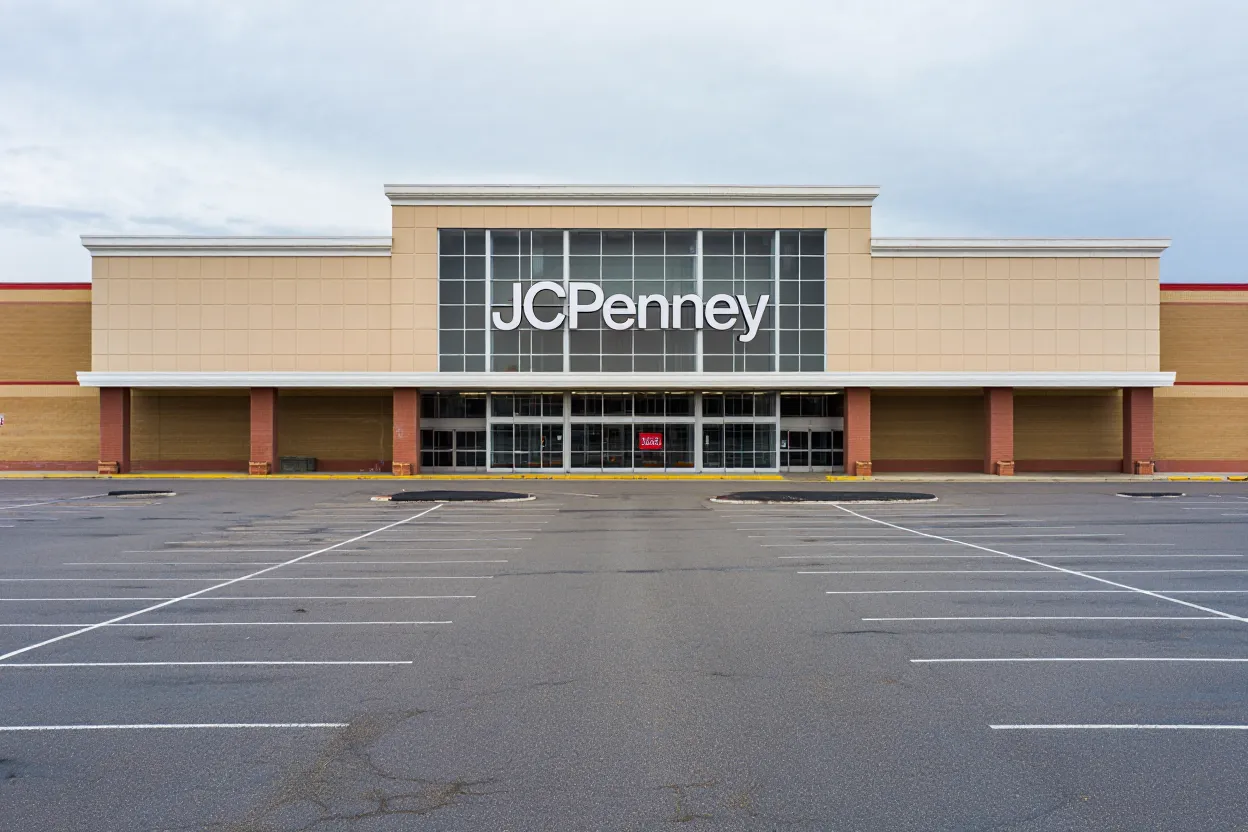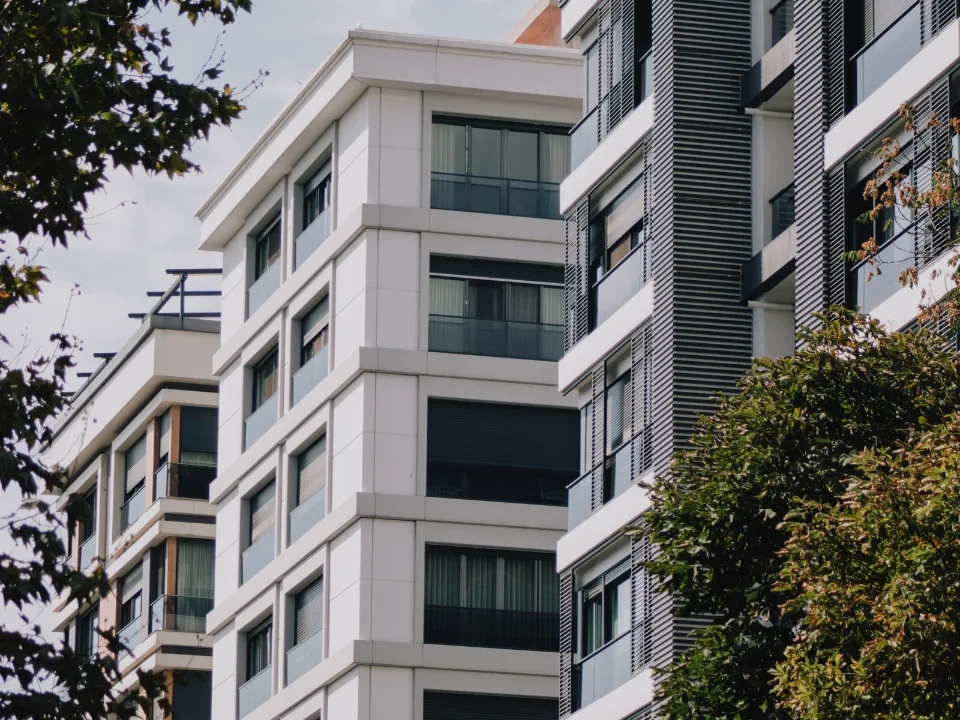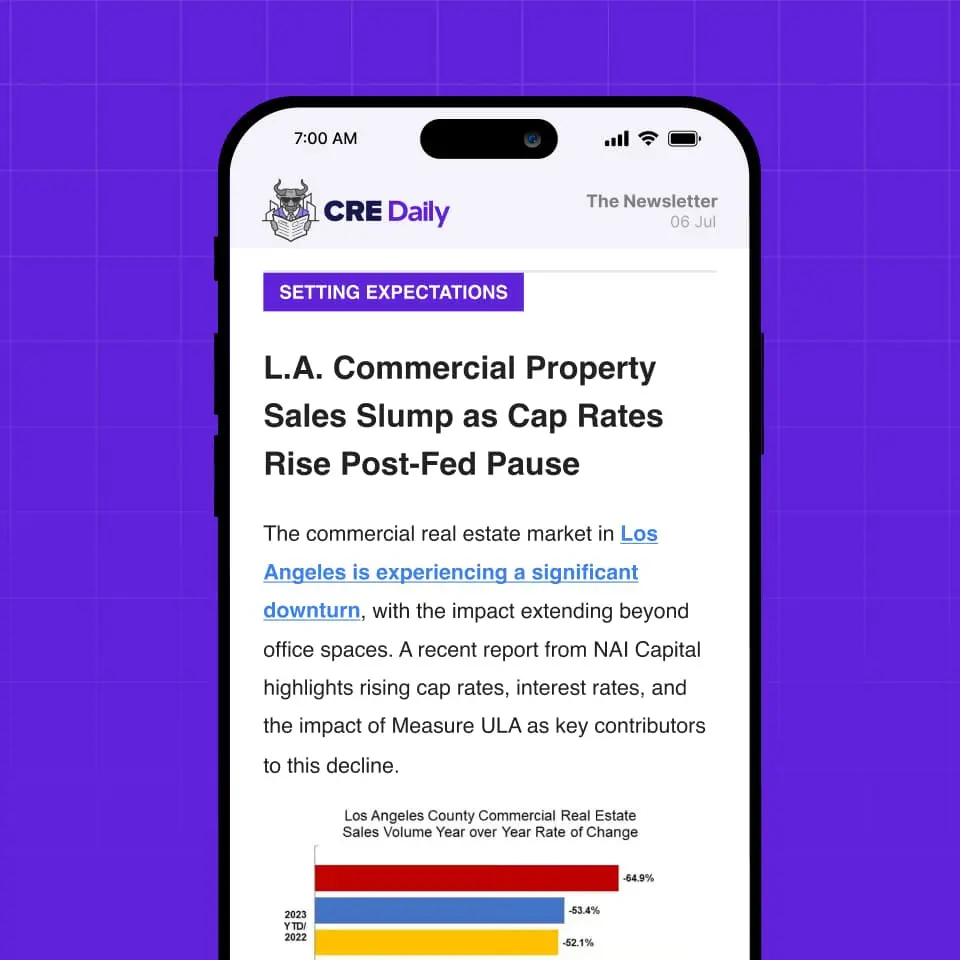- Suburban offices posted higher average DSCRs at 2.47x in 2025, signaling stronger debt performance.
- Loan-to-value ratios for suburban assets fell to 53.01%, showing tighter underwriting than urban properties.
- Urban offices still dominate by loan volume but carry higher leverage and refinancing risk.
- Suburban office cap rates averaged 8.97%, offering equity investors higher yield potential.
The Shift In The Office Market
A new analysis from Trepp highlights a growing divergence in the office lending market—one not just based on asset class, but geography, reports GlobeSt. Urban offices remain the dominant force by volume, making up 83% of the $165B in securitized office debt. However, suburban office assets are emerging as a standout segment. They are gaining attention for their stronger credit profiles and higher loan quality.
Lower Risk, Better Metrics
Data from 2025 originations show suburban office loans have been underwritten more conservatively than their urban counterparts. The average debt service coverage ratio (DSCR) for suburban offices reached 2.47x, far exceeding both the industry benchmark of 1.25x and the 2.01x average DSCR for urban office loans.
Additionally, suburban offices posted an average loan-to-value (LTV) of 53.01%, an improvement over 2023’s 54.29% and a sharp drop from 67% a decade earlier. By contrast, urban offices saw LTVs rise to 55.99% in 2025, up from 48.09% in 2023.
These trends indicate that lenders are taking a more cautious stance on suburban deals—resulting in better structural protection and less aggressive leverage.
Get Smarter about what matters in CRE
Stay ahead of trends in commercial real estate with CRE Daily – the free newsletter delivering everything you need to start your day in just 5-minutes
Higher Yields For Suburban Equity Investors
Capitalization rates also reflect shifting investor sentiment. Suburban office deals averaged a cap rate of 8.97%, compared to 7.16% in urban locations. The higher yield premium suggests that investors may receive greater compensation for taking on perceived suburban risk. This is particularly relevant as leasing trends stabilize and tenant demand shifts in response to post-pandemic preferences.
Urban Market Risks On The Horizon
Despite their weaker metrics, urban offices still command the bulk of investment volume. However, they face increasing scrutiny as $40B in urban CMBS debt is set to mature by the end of 2026. Trepp notes that legacy loans—often structured with lower cap rates and higher leverage—may struggle in today’s tighter capital environment.
Only $6.2B in suburban debt matures in the same period, further underscoring the lower near-term risk in those markets.
Looking Ahead
With suburban offices offering higher DSCRs, lower LTVs, and better cash-on-cash returns, both lenders and equity investors are reassessing their allocations. While urban trophy assets may retain their allure, the numbers suggest that risk-adjusted opportunities in suburban markets could offer stronger long-term fundamentals.
Expect lenders to continue tightening standards in urban core markets while increasingly favoring the conservative, stable profile of high-quality suburban offices.
















